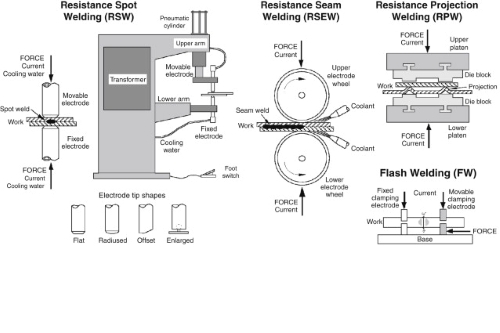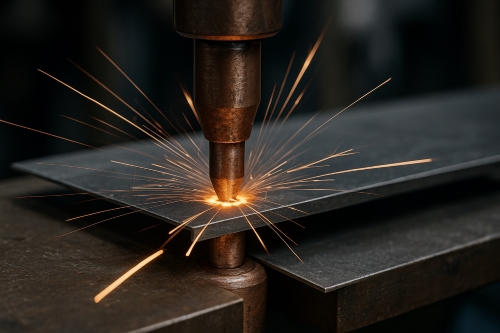Common Carbides in Thermal Spray Coatings
Introduction
Thermal spray coatings are used in several industries to provide protection and wear resistance. A high-temperature spray softens or melts the coating material before it hardens. Carbides predominate in such applications due to their hardness and resistance to wear. Carbides have been the popular choice for most engineers and technicians for decades.
Tungsten Carbide
Tungsten carbide is a very popular thermal spray coating material. It is very hard with excellent wear characteristics. Tungsten carbide is used by specialists in fields such as metal cutting and mining. For instance, the majority of cutting tools employ tungsten carbide inserts. Owing to its high density, it is very effective in erosion resistance. Statistics show that tool life may be improved by 30% to 50% in heavy-duty machining operations using tungsten carbide coatings. It is used in most shops where downtime is costly. Its high-temperature resistance makes it suitable for demanding jobs.
Chromium Carbide
Chromium carbide possesses high corrosion and oxidation resistance. It can handle high temperatures effectively. These carbides are typically applied where the job demands wear resistance as well as corrosion. A typical application is in gas turbines when chromium carbide is employed to coat the engine components. It is resistant to chemical attack owing to its microstructure. Industry reports show chromium carbide coatings can reduce maintenance costs by up to 40%. It is utilised in industries that operate under acidic or salty conditions.
Titanium Carbide
Titanium carbide is denser than tungsten carbide but is harder. This carbide is used in various applications where weight and performance are crucial. Titanium carbide is favoured by many engineers for applications in the aerospace and automotive sectors. In these sectors, coatings must be lightweight along with the ability to resist friction. Various instances have accounted for a 25% improvement in wear resistance when titanium carbide was used in engine components. Its high temperature as well as mechanical stress durability makes it valuable in high-demand applications. Its stability in product reliability gives engineers confidence in their ability to work with this material.
Niobium Carbide
Niobium carbide is highly valued due to its hardness and favourable thermal stability. Although less common than tungsten and chromium carbides, it is applied where certain properties must be achieved. Applied in metalworking, niobium carbide coatings have been found to considerably reduce wear and tear. Research shows that niobium carbide can perform in less-than-ideal conditions for other carbides. Field experience reports less friction and a smoother surface finish. Even in cyclic thermal exposure, its performance remains consistent. This makes it an ideal selection for specialised applications in industry.
Other Carbides for Thermal Spray Coatings
There are other carbides, such as molybdenum carbide and vanadium carbide, that also serve in thermal spray coatings. They may not be as commonly used as tungsten or chromium carbides but are useful in certain applications. For example, molybdenum carbide provides satisfactory protection against chemical attack as well as good wear. In metallurgy, molybdenum carbide coatings are sometimes used on furnace parts or on coal-fired boiler sections. Vanadium carbide is also noted for its hardness and has been utilised in cutting tools at high speeds. These carbides provide alternative options when cost or specific performance features are determining factors.
Factors Affecting Carbide Performance in Thermal Spray Coatings
Several factors affect how a carbide coating will function in practice. First, the spray technique plays a role. High-pressure, flame, or plasma spray methods alter the coating's density and adhesion. Second, the surface onto which the coating is being applied is important. An irregular surface may attach more easily to a carbide coating than a polished one. The temperature of application is also significant. If a material is too hot, its shape may change. The quality of feedstock also affects the end properties. Testing material purity before use is common for most engineers. Lastly, post-spray treatments such as heat treatment and sealing can further enhance the coating's performance. Historical data shows that accurate control of these parameters leads to more durable parts and less expensive maintenance.
Conclusion
Carbides are a key ingredient in thermal spray coatings. They provide hardness, wear resistance, and stability to industrial components. Tungsten carbide is suitable for use in cutting tools and heavy-duty applications. Chromium carbide is effective in corrosive and high-temperature applications. Titanium carbide offers a balance of weight and toughness, while niobium carbide is valued for its toughness. Other carbides have their own niches, each for a specific application.
Frequently Asked Questions
F: What is the function of a thermal spray coating?
Q: Thermal spray coatings provide wear resistance and thermal, corrosion, and erosion protection to industrial parts.
F: How does tungsten carbide improve performance?
Q: Tungsten carbide provides high hardness and stability at high temperatures, thereby improving tool life and wear resistance.
F: Does chromium carbide exhibit good high-temperature performance?
Q: Yes, chromium carbide is resistant to oxidation and performs well in corrosive and high-temperature environments.

 Bars
Bars
 Beads & Spheres
Beads & Spheres
 Bolts & Nuts
Bolts & Nuts
 Crucibles
Crucibles
 Discs
Discs
 Fibers & Fabrics
Fibers & Fabrics
 Films
Films
 Flake
Flake
 Foams
Foams
 Foil
Foil
 Granules
Granules
 Honeycombs
Honeycombs
 Ink
Ink
 Laminate
Laminate
 Lumps
Lumps
 Meshes
Meshes
 Metallised Film
Metallised Film
 Plate
Plate
 Powders
Powders
 Rod
Rod
 Sheets
Sheets
 Single Crystals
Single Crystals
 Sputtering Target
Sputtering Target
 Tubes
Tubes
 Washer
Washer
 Wires
Wires
 Converters & Calculators
Converters & Calculators
 Write for Us
Write for Us
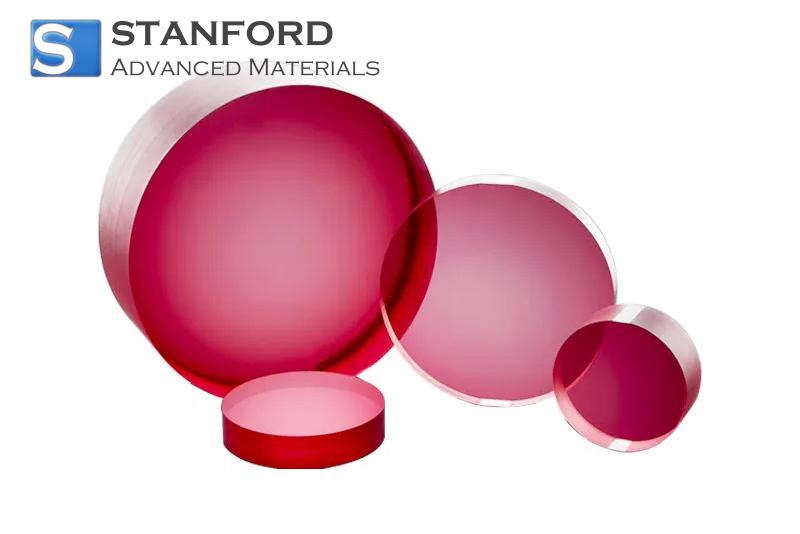
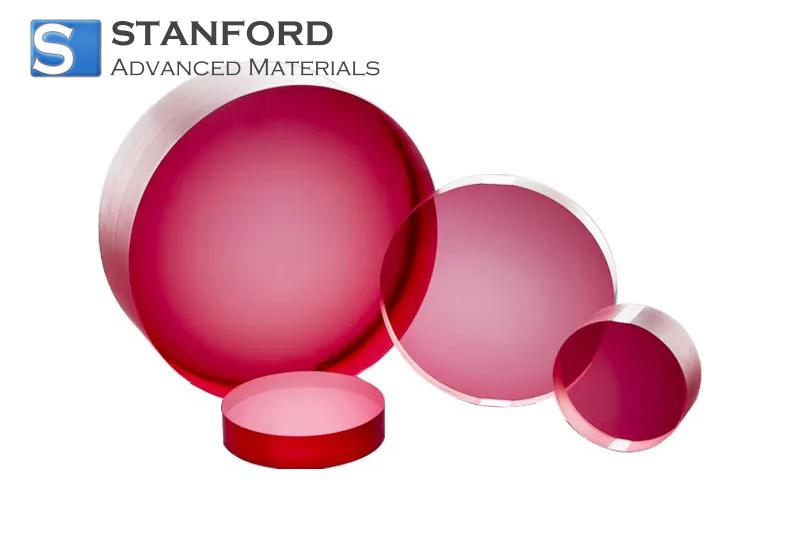
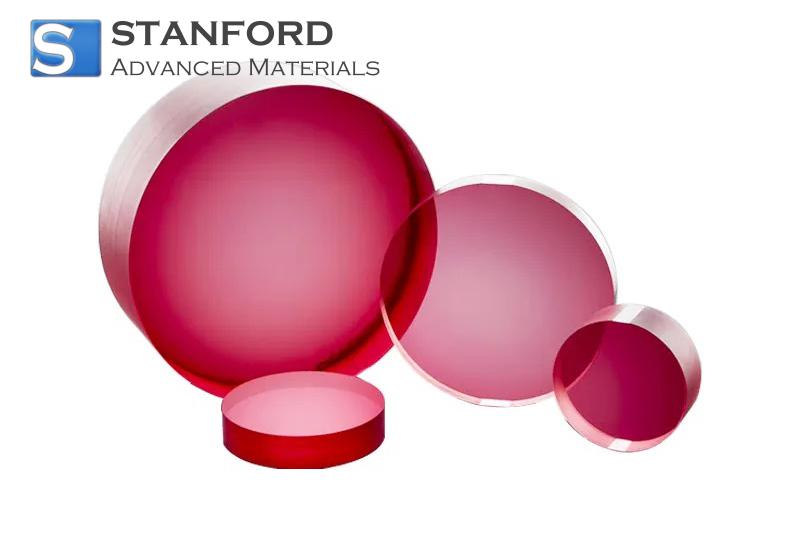
 Chin Trento
Chin Trento


